By Richard Sheaf
If you enjoyed my chat with Tony Esmond on Episode #23 of the Never Iron Anything podcast, here are my notes for the show. Hopefully, there will be something here to pique your interest.
Check out the show itself here or listen to it right here…
If you would like more detailed information, comic artist, publisher and writer Bambos Georgiou took a detailed look at just some of the European comic strips that once featured in Fleetway’s British weekly comics, supplementing originated strips, on downthetubes last year.
Alix
Alix, or The Adventures of Alix, is a Franco-Belgian comics series drawn in the ligne claire style by Jacques Martin. The stories revolve around a young Gallo-Roman man named Alix in the late Roman Republic. Two volumes were published in English in 1974.
The Comet: “The Phantom Knight”
“The Phantom Knight” reprinted in The Comet from February 1955 and followed the pattern set by its sister paper, The Sun. This medieval strip had three pages all in the distinctive colours just described.
Researchers will have to rely on stumbling across the source material of these strips to assign creative credits and original titles, or it may be revealed that they are actually original works by obscure un-named artists.
Eagle: “Skippy the Kangaroo” and “The Legend of the Lincoln Imp”
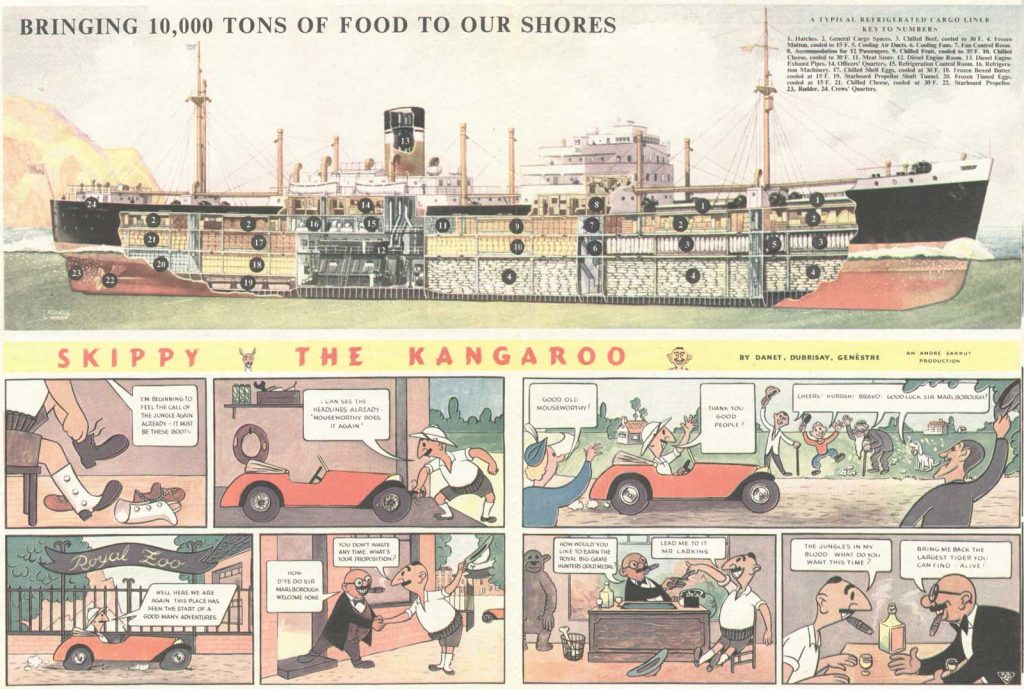
“Skippy the Kangaroo”, which ran in Eagle, and as John Freeman noted in an article for downthetubes, is credited to a team of creators – Danet, Dubrisay and Genéstre and as an “André Sarrut Production”. The three named creators – artist L. Danet and animators G. Dubrisay and Roland Genéstre – all worked on Sarrut’s troubled animated film, The Shepherdess and Chimney Sweeper (La Bergere et le Ramoneur) between 1948 and 1950, a production which was never officially released.
“Skippy” gave way to “The Legend of the Lincoln Imp” by Nicholas Spargo (who later produced the Willo the Wisp TV series for BBC, then “King Ottokar’s Sceptre”, which was Tintin’s debut in English in the same centre page position, from August 1951 through to May 1952.
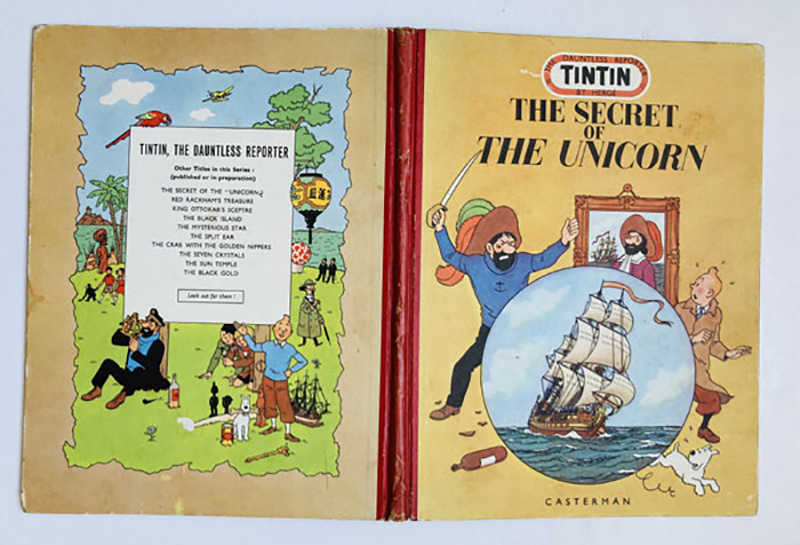
Tintin albums in English started to appear in colour from 1958 onwards.
Knockout: “Jerry Spring” and “Anna of the Jungle”
Knockout – April 1960: “Jerry Spring” by Jije becomes “He’s Slade”
Knockout – May 1960: “Anna of the Jungle” by Hugo Pratt became “Jungle Drums”
Lion: “Lucky Luke”

“Boy Kidd” – 11th June 1966 – 16th July 1966
A reprint of “Lucky Luke” with art by Morris; script by Goscinny
Lion also reprinted “Modeste et Pompon” from Belgium’s Le Journal de Tintin as “Jinks”, featuring art by Andre Franquin. This had appeared previously in Knockout under the title “Dickie and Birdbath watch the Woggle” in 1960.
Look & Learn: “Asterix” and “Ompa-pa”
“In the Days of Good Queen Cleo” – 25th June 1966 – 22 April 1967 (44 weeks)
An unabridged version of Asterix and Cleopatra, adapted by John Sanders. In this version, Obelix becomes Doric, which was Getafix’s name in the Ranger adaptation.
Ompa-pa
Oumpah-pah le Peau-Rouge (Ompa-pa the Redskin) was created by comics artist Albert Uderzo and comics author René Goscinny, best known as the creators of Asterix the Gaul. The series first appeared in the weekly Tintin magazine in 1958, although it remained serialised for a relatively short time, ending in 1962.
The stories were published in book form by Lombard and Dargaud starting in 1961. Five volumes were published in English as Ompa-pa by Egmont UK in 1977/78.
Ranger: “Asterix”
18th September 1965 – 18th June 1966 (40 issues)

This 40-page comic featured 12 new strips were written by Mike Butterworth (including the first appearance of “The Rise and Fall of the Trigan Empire”), with art by Jesus Blasco, Geoff Campion, Arturo Del Castillo, Mike Hubbard, Don Lawrence and J Millar Watt – but included a number of reprint strips, too, some European.
Of Ranger, comics archivist David Roach notes “… it was a large, unwieldy, somewhat unfocussed comic which felt uncomfortably old fashioned at the dawn of the swinging 1960s.”

“Britons Never, Never, Never Shall be Slaves” ran in all 40 issues, an abridged version of Asterix and the Big Fight that ran to 44 pages in total.
This version of Asterix is set in Britain, not France, declaring that some Britons adapt to the Roman way of life and some resist. There is no sense that this is the last village holding out against the occupation, as in the original.
Bizarrely, one page – page 34 of the original – was published in the Ranger Book 1967. This page was missed out completely in the Ranger comic, a sequence that falls between pages published in the issues of Ranger cover dated 16th April 1966 and 23rd April 1966.
This adaptation was written by John Sanders, later the publisher’s editorial director, not Anthea Bell and Derek Hockridge, who made the English editions of Asterix such a success later. The characters also had different names to those they were given by Anthea and Derek.
Vitalstatistix = Caradoc
Asterix = Beric the bold
Dogmatix = Fido
Obelix = son of Boadicea
Getafix = Doric
Cassius Ceramix = Barewolf
Psychoanalytix the druid = Dr Dottidoc
The village of Linoleum was known as Chipping Wallop
The Sun: “The Jester’s Revenge” and “Hal Hotspur”
The first instance of Fleetway reprinting a European strip that I can find, using Steve Holland and Dave Ashford’s Collector’s Guides as reference and as noted by Bambos, is in The Sun comic (not to be confused with today’s newspaper), which ran “The Jester’s Revenge” in November 1950.
Unfortunately, there are no credits for this strip, or for “Hal Hotspur” which appeared in February 1951 and was also a European strip.
Both stories have medieval themes and were cut and paste jobs often appearing in the centre pages and on the back cover with distinctive flat colouring of the time. The Sun and its companion comic, The Comet, would often turn the black line to blue and then colour the strips, creating a rather odd effect. Other pages would be two colour, while the balance was printed in black and white.
“The Adventures of Boy Colin” by Belgian creators J Van Melkebeke & Paul Cuvelier appeared in The Sun in October 1954 and ran for a whole year, reprinting the first two albums.
Super Detective Library: “Paul Darrow”
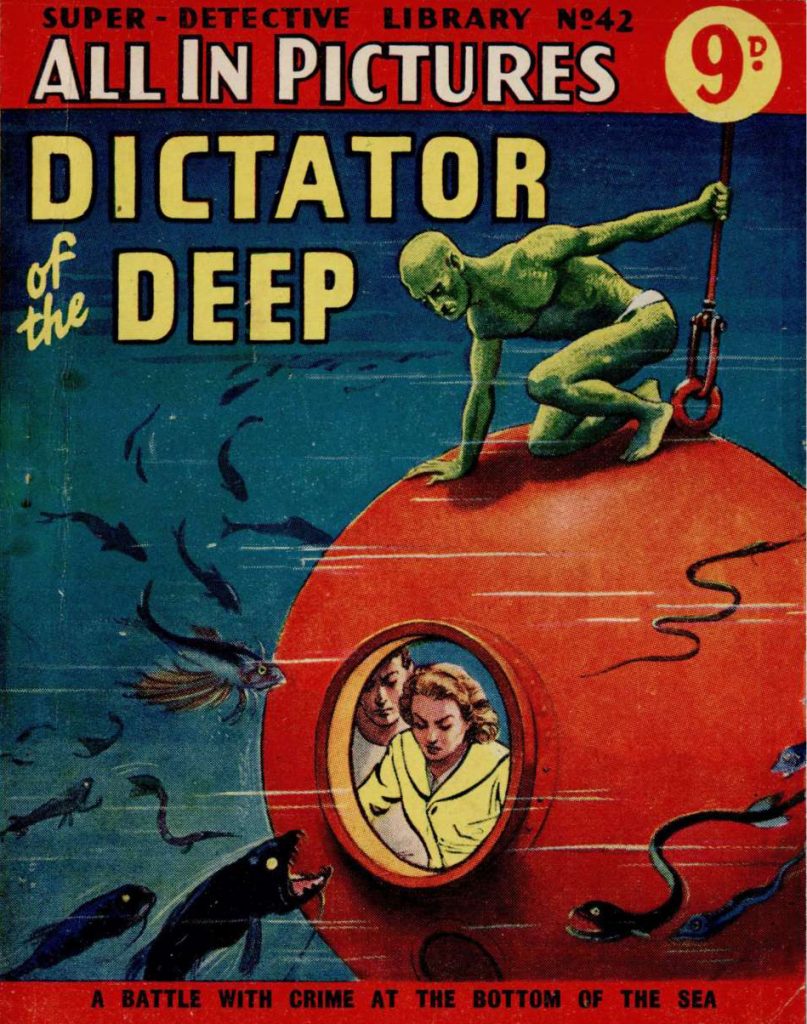
Most of the contents of Super Detective Library were reprints, often using American or British newspaper strips, but Issue 42, published in 1954, adapted Les Pionniers de L’Esperance by the French team of Raymond Poivet and Roger Lecureaux as “Dictators of the Deep”
As Bambos noted previously, the strip is generally cited as the first major French science fiction strip and was remodelled as the adventures of “Paul Darrow“, who was cast as a science fiction detective. Over the course of two years six “Paul Darrow” strips appeared in Super Detective Library, interspersed amongst editions featuring “The Saint”, “The Toff” and “Sherlock Holmes”.
Valiant: “Paladin the Fearless” and “Asterix”
Valiant issue 1 (6th October 1962) – “Paladin the Fearless” by Jean-Michel Charlier & Albert Uderzo, was a reprint of “Bulldog” from Pilote. Charlier also wrote Blueberry, Young Blueberry and Buck Danny.
“Little Fred and Big Ed” – 16th November 1963 – 18th January 1964 (10 weeks)
“Little Fred” – 25th January 1964 – 4th April 1964 (11 weeks)
A version of Asterix the Gaul, adapted by John Sanders, published in garish colours, in which Asterix becomes Little Fred, “the ancient Brit with bags of grit”. Obelix was re-named “Big Ed” and Getafix “Hocus Pocus”.
This edited-down version of Asterix the Gaul appeared in colour on the back page of Valiant. Set in the Britain of 43AD, the strip was originally called “Little Fred and Big Ed”, but, as the story progresses and Obelix is absent from the action, the strip was renamed “Little Fred, the Ancient Brit with Bags of Grit”.
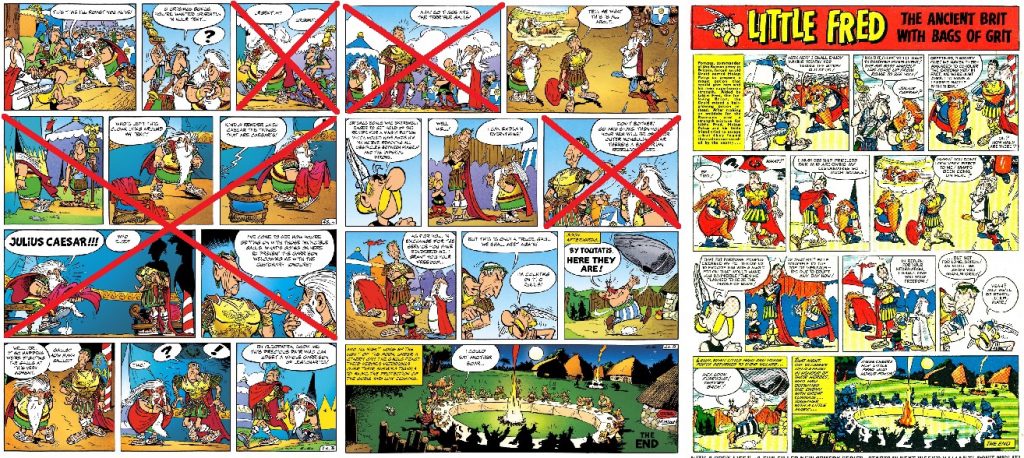
Little Fred and stonemason Big Ed lived in the village of Nevergivup which was surrounded by eight Roman camps: Harmonium, Cranium, Pandemonium, Premium, Rostrum, Aquarium, Maximum and Laudanum. Their druid was called Hokus Pokus.
For this re-telling of Asterix, the whole story in one page per week.
• Listen to Tony Esmond’s Never Iron Anything Podcast Episode 23 here
• “When British Comics were… European!” – Comic artist, publisher and writer Bambos Georgiou took a more detailed look at just some of the European comic strips that once featured in Fleetway’s British weekly comics, supplementing originated strips, on downthetubes last year.
• Whatever Happened to Eagle’s “Skippy the Kangaroo”?
It would seem that there might have been much more to this strip, had events beyond the world of comics not troubled its production…
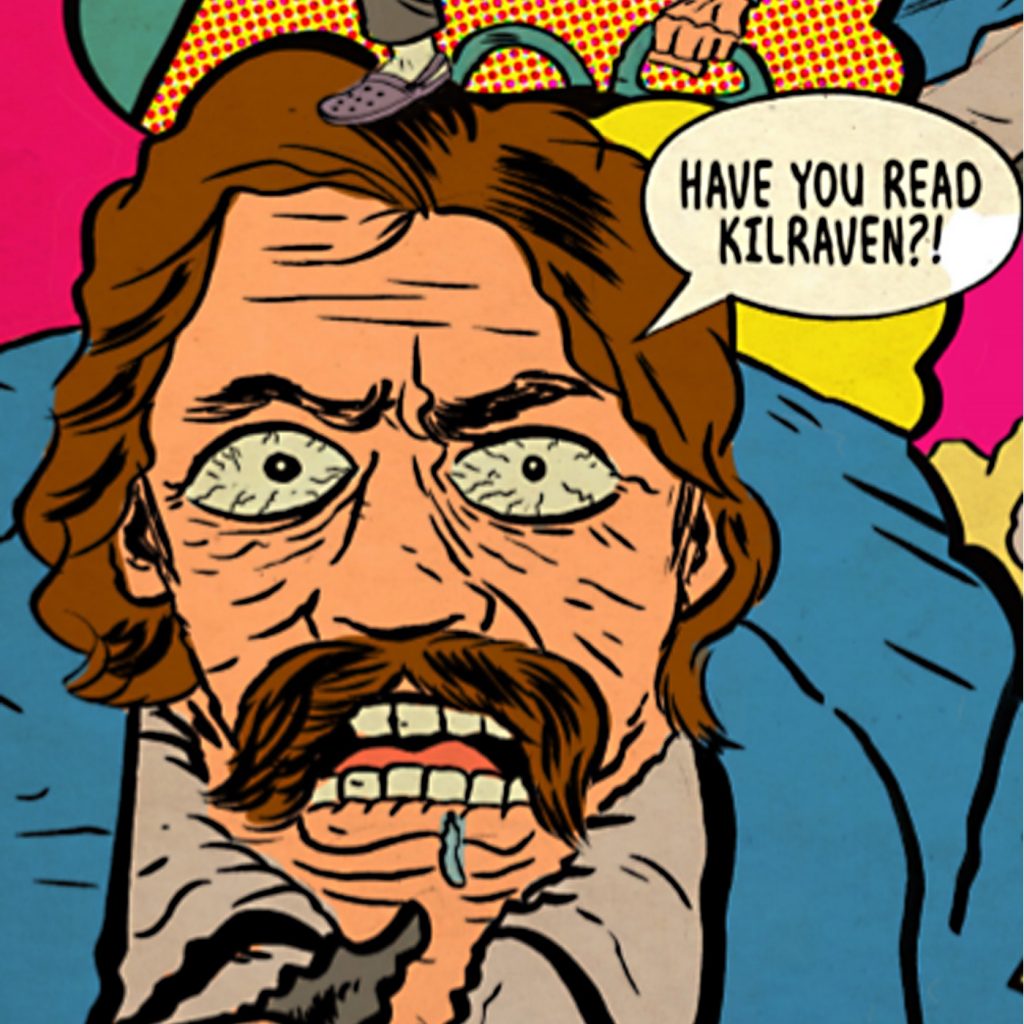
It’s a comics world now! On the Never Iron Anything Podcast, take a brief moment in the day to hear Tony chat to a guest about a comic or a series of comics. NOT SAFE FOR WORK!
• A version of this article first appeared on my Boys Adventure Comic Blog
Richard Sheaf is a longtime contributor to downthetubes and has written for numerous magazines about British comics.
Categories: downthetubes Comics News, downthetubes News
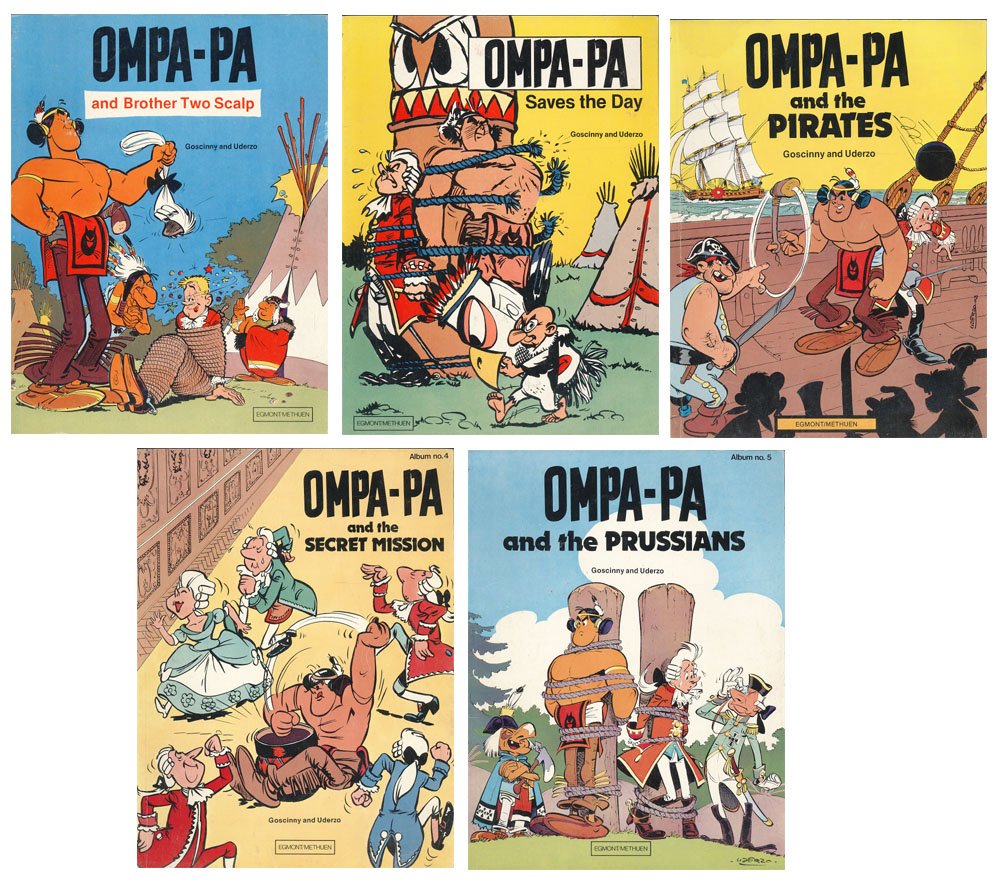
 FML, new creator-owned series from Kelly Sue DeConnick and David López, promoted with ingenious guerrilla marketing
FML, new creator-owned series from Kelly Sue DeConnick and David López, promoted with ingenious guerrilla marketing  Dark Horse, Hasbro, tease new Dungeons & Dragons, Magic: The Gathering projects
Dark Horse, Hasbro, tease new Dungeons & Dragons, Magic: The Gathering projects  The SEQUENT’ULL Interviews: Dan White
The SEQUENT’ULL Interviews: Dan White  Sports comic highlights an immortal rugby match
Sports comic highlights an immortal rugby match
A great pity that the works of Floc’h and Riviere have not been published in English.
And yet Floc’h has had work published in English, such as his New Yorker covers…